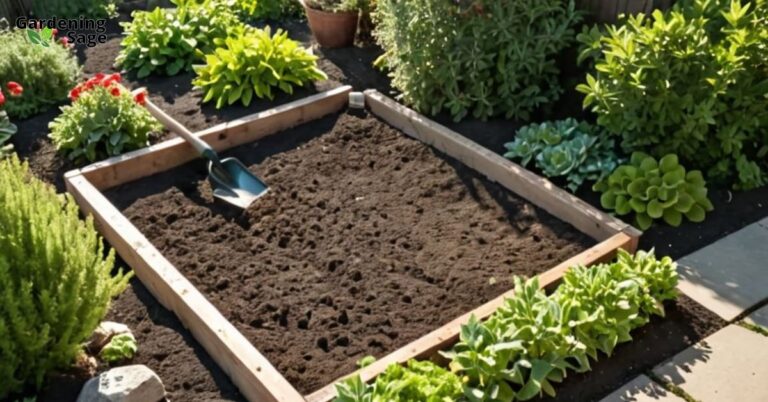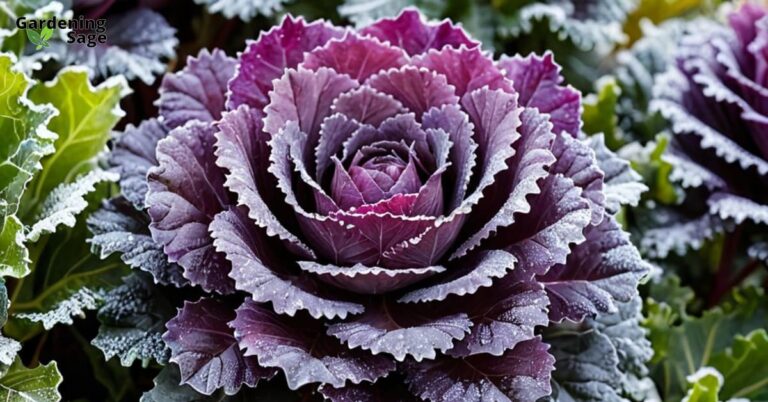Embarking On Your Small-Space Landscaping Journey
For those with compact yards or limited outdoor space, the thought of landscaping can seem like an intimidating prospect. However, with a bit of planning and creativity, even the tiniest urban or suburban plot can be transformed into a beautiful, functional oasis that reflects your personal style and meets your outdoor living needs.
When embarking on small yard landscaping, begin by taking stock of what you’re working with. Conduct a thorough assessment of the hardscapes, existing plants, sunlight patterns, and space available. This will allow you to strategize how to maximize every inch of real estate. Consider the potential of every corner and how it might contribute to an overall aesthetic or practical function within your garden.
Getting Strategic With Hardscapes
Hardscaping forms the backbone of landscaping designs. For petite yards, strategic hardscaping choices can make the difference between a cluttered or cohesive look. It’s about selecting materials and designs that complement the scale of your space and enhance its natural beauty.
Opt for permeable pavers, gravel, or flagstone to pave small patios, pathways, or seating nooks. This preserves precious square footage that would otherwise be lost to solid concrete or decking. These materials also allow for rainwater to seep through, reducing runoff and promoting a more sustainable landscape.
Retaining walls, tiered planters, and vertical gardens introduce extra planting space while defining the yard’s proportions. Even a modest water feature or container pond can grant a sense of tranquility and serve as a focal point, drawing the eye and giving the illusion of space. The sound of water can also create a serene atmosphere, masking city noises and enhancing the sense of seclusion.
Picking the Right Plants
Carefully curated plant choices are key for small space landscaping. Seek out compact varieties that suit the yard’s unique conditions. It’s essential to select plants that not only fit the scale of your garden but also thrive in its specific microclimate.
Sun-loving perennials like sedums, coreopsis, and creeping phlox thrive with proper lighting yet remain petite in stature, making them perfect for borders or as accent plants. For shady spots, consider shade-tolerant groundcovers like ajuga, sweet woodruff, or lamium, which can add lushness and texture without needing direct sunlight.
Dwarf evergreen shrubs, ornamental grasses, and succulents provide year-round structure without overwhelming the space. These plants are ideal for creating a low-maintenance garden that stays attractive throughout the seasons. Avoid sprawling or aggressively rooting trees and shrubs that quickly outgrow compact confines and could potentially damage foundations or hardscapes.
Elevating With Design Details
With inventive design details, a small yard’s sense of space blossoms. Strategic fences or screens camouflage unsightly views while also defining the outdoor “rooms.” Trellises and archways dressed in flowering vines craft living passageways and dividers, adding height and interest without taking up valuable ground space.
Mosaic stepping stones, glass garden accents, and potted plants with sculptural foliage or textures add visual interest. These elements can be used to create patterns, direct movement, and draw attention to specific areas of the garden. Cohesive colors, materials, and textures ensure the details harmonize rather than overwhelm, creating a unified look that ties the entire garden together.
Lighting is another critical element that can transform a small space. Soft, subtle lighting can make a garden inviting after dark, extending its usability and enjoyment. Solar-powered lights, fairy lights, and strategically placed spotlights can highlight plants, paths, or features, adding depth and drama to the landscape.
Finally, consider the practical aspects of your small garden. Incorporate storage solutions such as built-in benches with hidden compartments or decorative yet functional garden sheds that blend with the landscape. These can keep garden tools and outdoor accessories out of sight, maintaining a clutter-free environment.
By embracing these plans for maximizing a petite outdoor plot, you’ll be well on your way to creating a personal garden oasis, no matter its size. With thoughtful consideration of every element, from the hardscaping to the plant selection and design details, your small space can become a cherished extension of your home, offering a peaceful retreat and a place to entertain and enjoy the beauty of nature.














